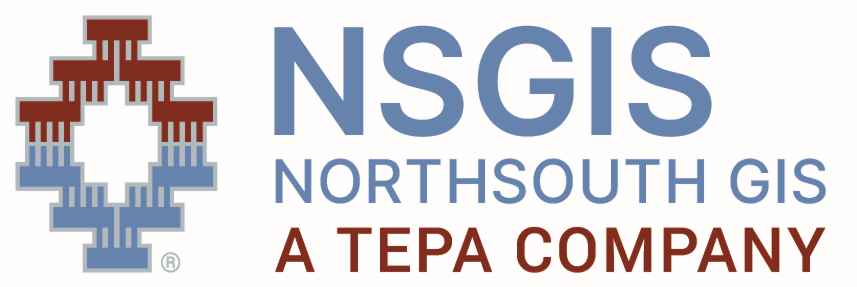 Since 2009, NSG has directly helped ports like Los Angeles, Oakland, Tacoma, and Stockton to implement enterprise geospatial systems. We have also helped numerous other ports learn about these technologies, obtain funding for implementing systems, and start or grow their own implementations.
Since 2009, NSG has directly helped ports like Los Angeles, Oakland, Tacoma, and Stockton to implement enterprise geospatial systems. We have also helped numerous other ports learn about these technologies, obtain funding for implementing systems, and start or grow their own implementations.
NSG helps to guide ports in planning and funding geospatial technologies by giving them tips for obtaining Port Security Grant Program (PSGP) grants and other external and internal funds. We also find that many ports, even after securing funding for such systems, remain uncertain of the best way to procure hardware, software, data, services, and support, so we advise the industry in these areas as well.
NSG is pleased to offer the white paper ‘Implementing Enterprise Geospatial Systems In Ports’ as free information to the US ports industry in an effort to help ports understand, plan, fund and procure such systems even if they do not have past experience in this arena. Contact us today for your copy!
Highlights:[unordered_list style=”green-dot”]
- Learn about Geospatial Technologies in Ports
- See brief Case Studies of enterprise geospatial systems in Ports implemented by NorthSouth GIS, Esri and others
- Compare Typical Scenarios for Implementation and determine which scenario suits your port
- Review cost ranges for various sized implementations
- Learn about funding options
- Receive guidance procurement, including suggested RFQ/RFP language
- And More!
[/unordered_list]
Excerpts:
“Flexible and Extendable Contracts – …the opportunities to expand the use of these systems are often stymied by the absence of a contract vehicle. Therefore, forward-looking contracts should be written from the outset to accommodate extensions of duration, budget and scope. In this way a substantial initial project can be extended to allow for further expansion over a period of several years.
“Procuring Geospatial Technologies with Port Security Grant Program (PSGP) Grants – Ports that have received PSGP grants need to ask themselves these questions as they plan for procurement. The answers provided here are not official guidelines from FEMA but anecdotal observations of how some ports have interpreted FEMA’s guidelines.”
“Sample Language: Dynamic live data – Many ports are interested in seeing dynamic data in an enterprise GIS web viewer. Dynamic refers to data that frequently or continuously changes and is best viewed “live” in real-time or near real-time. Examples include using an AIS feed to depict vessels moving around the port or port region, using GPS tracking tools to see vehicle or fuel barge locations, clicking on a weather station to get current weather conditions or seeing a rail crossing gate go green to red when it closes to block a street. The consumption, processing and displaying of dynamic data requires different skills than the display of “static” data, which changes infrequently. If your port already subscribes to or publishes dynamic data feeds or has an interest in showing dynamic data, it is important to include this in the RFP.
Sample RFP Verbiage:
The new GIS Web Viewer should be capable of displaying the following types of dynamic data:
[unordered_list style=”green-dot”]
- Security Vehicle locations from the Port’s existing XYZ Blue Force Tracking System
- Vessel Locations from ABC Vessel Tracking Service (or Marine Exchange)
- Rail Crossing Gate Status (Bidder will need to propose a sensor/transmitter solution for this)“
[/unordered_list]
Interested in reading more? Call us at (800) 866-5013 x11 or or e-mail us today to request your copy!

 Enesgy
Enesgy 